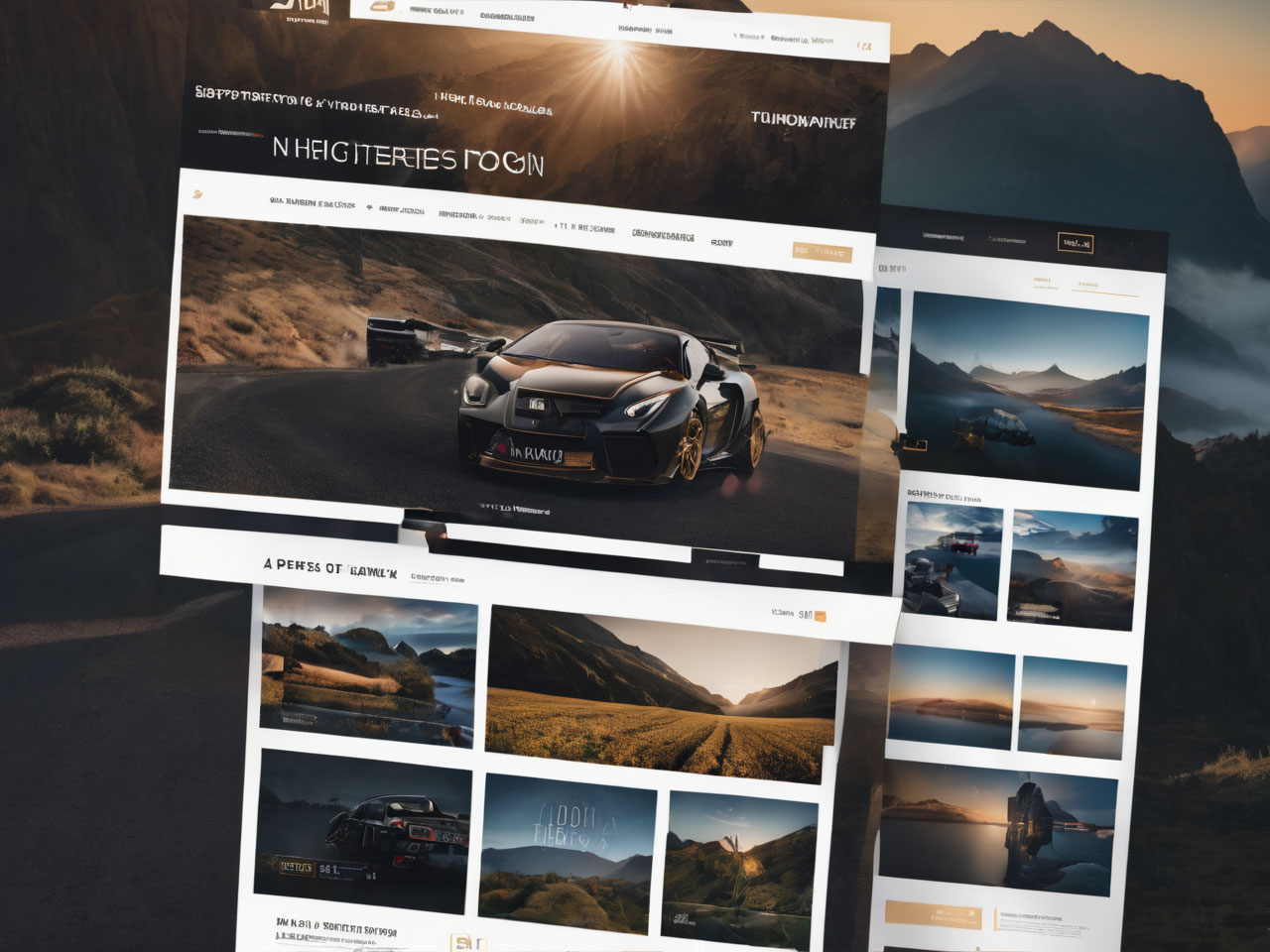In today’s digital landscape, the majority of internet users access websites on their mobile devices. Mobile-friendly web design is no longer an option; it’s a necessity. It ensures that your website is accessible, functional, and visually appealing on smartphones and tablets. In this article, we’ll explore the significance of mobile-friendly web design and provide insights into best practices for creating a seamless mobile experience for your audience.
The Importance of Mobile-Friendly Web Design
- Widespread Mobile Usage: The number of mobile users has skyrocketed in recent years. With the convenience of smartphones, people are more likely to browse the internet, shop, and seek information on their mobile devices.
- Improved User Experience: Mobile-friendly design enhances the user experience. Visitors are more likely to stay on and engage with a website that is easy to navigate and visually appealing on their mobile devices.
- Search Engine Rankings: Search engines like Google prioritize mobile-friendly websites. Mobile optimization is a key factor in search engine ranking, and non-mobile-friendly sites may be penalized.
- Competitive Advantage: Having a mobile-friendly website gives you a competitive edge. Your site is more likely to stand out and attract visitors, ultimately benefiting your business or online presence.
Best Practices for Mobile-Friendly Web Design
- Responsive Design: Use responsive web design that adapts to different screen sizes and orientations. This ensures your site looks great on any device.
- Mobile-First Approach: Design your website with mobile users in mind from the beginning. Prioritize the mobile experience in your design process.
- Optimize Images: Compress and optimize images for faster loading on mobile devices. High-resolution images can slow down a site and frustrate mobile users.
- Clear and Simple Navigation: Simplify navigation menus for mobile users. Use clear icons or a hamburger menu to save screen space and make it easy for visitors to find what they need.
- Readable Fonts and Text: Use legible fonts and ensure text is appropriately sized for mobile screens. Avoid tiny fonts that require zooming to read.
- Touch-Friendly Buttons: Buttons and links should be large enough and spaced adequately to accommodate touch gestures. Small, closely packed links are challenging to tap accurately.
- Fast Loading Times: Mobile users expect speedy page loading. Optimize your site for quick loading by minimizing scripts and leveraging browser caching.
- Content Prioritization: Prioritize and display the most important content and features at the top of your mobile pages. Mobile users are often looking for quick answers or actions.
- Testing Across Devices: Regularly test your website on various mobile devices and browsers to ensure consistent functionality and appearance.
- Mobile SEO: Implement mobile SEO best practices, such as optimizing meta tags and ensuring mobile accessibility for better search engine visibility.
Conclusion
Mobile-friendly web design is not just a trend; it’s a fundamental requirement in the digital age. By prioritizing the mobile experience, you can reach a wider audience, enhance user engagement, and improve your website’s performance in search engine rankings. Whether you’re creating a new website or optimizing an existing one, a mobile-friendly design is a key factor in your online success.













